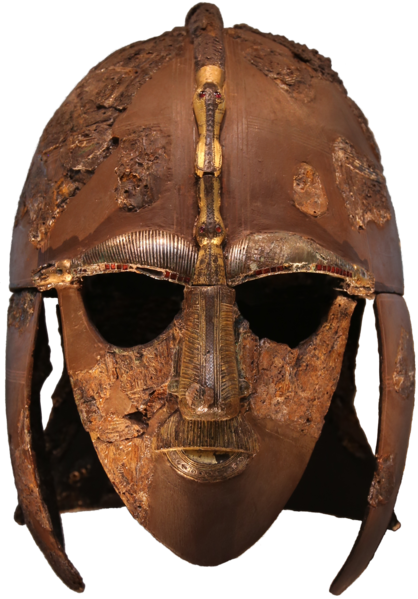The Fey
The Fey (also known as Fay, Fairy / Fairies, Fae, Fair Folk or Faerie), are found in the folklore of many cultures in Europe. They are sometimes known as the Little People, and found in regions with a strong Celtic, Slavic or German ancestry. They are a centuries old belief, and are linked to Gnomes, Goblins, Will-O-The-Wisps, Sprites, Dryads, Pixies, Leprechauns, and Elves (and on rare occasions, the Dwarves). Sometimes good, sometimes evil, and sometimes neutral, they range from mischievous and fun-loving to malicious and dangerous.
Charms are regularly worn and/are attached to houses & building to prevent them affecting the wearer or the building. These range from magical or religious symbols, to tokens made of certain natural substances such as iron objects like horseshoes and nails, to leaving items out like food to ingrain good feelings to them. They are regularly blamed for the stories of changelings. Also, wearing clothing inside out, church bells, St. John's wort, and four-leaf clovers seem to help.
They usually have differing appearances though many are slightly built and similar to humans in looks. They might have wings similar to butterflies, and wear differing garments either similar to humans, made out of plants, or unknown substances depending on species. A few are twisted parodies, such as Recaps.
A number of different species are linked in some capacity to them either directly or being descended of them. These include:
- Fey, Fay, Fairy / Fairies, Fae, Fair Folk or Faerie
- Gnomes
- Goblins
- Will-O-The-Wisps
- Sprites
- Dryads
- Pixies
- Leprechauns
- Elves
- Dwarves
- Nixies
- Pucks or Pukka
- Fomorians
- Firbolgs
- Brownies
- Tuatha Dé Danann
- Aos Si and/or The Shee / Sidhe
- Sylphs
- Bogies
- Bogles
- Boggarts
- Abbey Lubbers, Lubber Fiend, Domovoi, Tomti
- Buttery Spirits
- Redcaps
- Hags
- Tylwyth Teg
- Brambles, Quicklings
- Spriggans
- Glouras
- Meenlocks
- Satyrs
Spread
Found primarily in Europe, especially in Celtic, Slavic and German regions.
Cultural Reception
In most they are usually thought of as good-natured, friendly and/or mischievous, or malevolent, evil, cruel and/or malicious by nature.



Comments